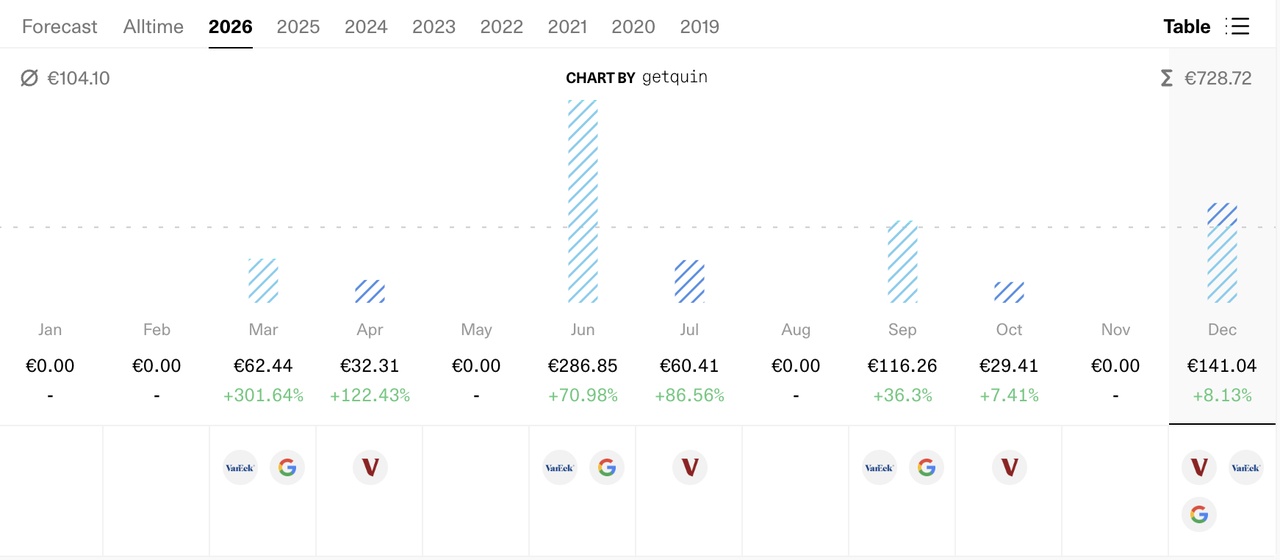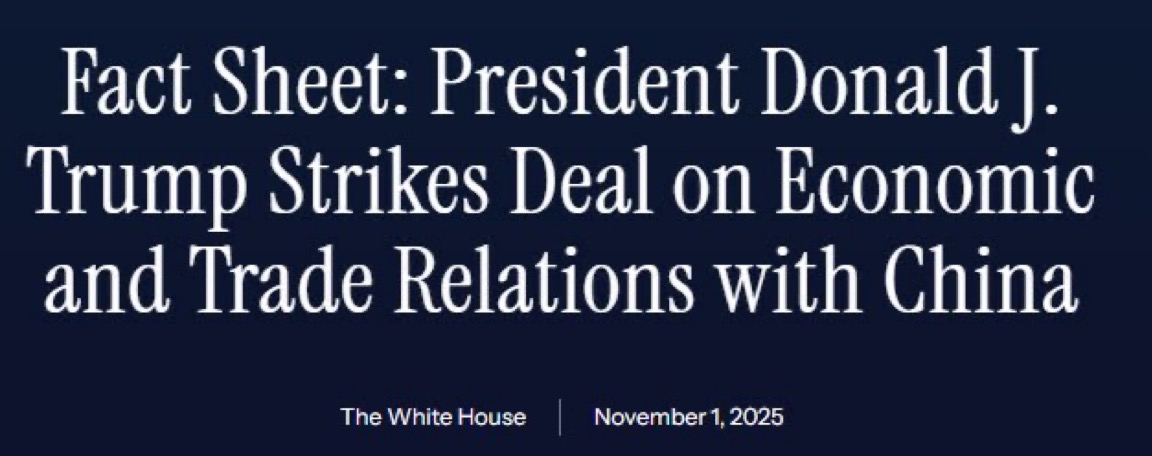👋 Introduction & background
Hey everyone!
I'm 33, married and dad to two small children (18 months and 2 months old). I've been working in the automotive industry since 2011 and in management consulting since 2019. ⚙️🚗💼
My wife is an engineer and also works in the automotive industry. 👩🔧🚗
I've been with getquin since 2022, but so far I've been reading along rather than actively posting. 👀
My wife is currently on parental leave and receives parental allowance. I will go on parental leave in Q2 2026 (also with parental allowance), then she will start working again. This means that only one of us will receive a full salary until the end of 2026 - but we'll still be sticking to our savings and investment quota. 👶💶
💰 Current status:
A good mid-six-figure amount has already been saved in our custody accounts. 📈
👶 Children & investments
For each child, we invested €10,000 in the Vanguard FTSE All World ($VWRL) (-0,89%) invested. In addition, each child receives €150 per month in the same ETF - via junior custody accounts at ING. 📊
💍 My wife's investments
She invests monthly:
- 🌎 500 € in the MSCI World ($XDWL) (-0,81%)
- 💸 500 € in the Vanguard FTSE All World High Dividend ($VHYL) (-0,61%)
📈 My investment strategy
Long-term, diversified and with a focus on cash flow & wealth accumulation.
🔹Core portfolio (ETF & Bitcoin)
900 € flow in monthly:
- 💵 €600 in SPDR S&P 500 ($SPY5) (-0,77%)
- 🌍 €200 in Vaneck Morningstar Developed Markets Dividend Leaders ($TDIV) (-0,56%)
- ₿ 200 € in Bitcoin ($BTC) (+0,46%)
🔹 Individual share savings plans (€25/ €600 each)
Target per company: €10,000 investment amount.
Currently participating:
$DB1 (-0,43%) , $UNP (+1,2%), $RACE (+1,59%) , $MRK (+2,02%) , $MUV2 (+0,07%) , $DGE (-0,25%) , $DE (+2,62%) , $TXN (-1,05%) , $AWK (+1,97%) , $ADP (+1,52%) , $PLD (+0,05%) , $HEN (+0,04%) , $ITW (+0,76%) , $UNH (-0,61%) , $LLY (+1,29%) , $BEI (+0,8%) , $MCD (+1,48%) , $DTE (+0,36%) , $WMT (+1,3%) , $COST (+1,51%) , $WM (+2,41%) , $JPM (+0,44%) , $BLK (-0,2%) , $SY1 (-0,13%)
🔹 Cash reserve
💰 Set aside at least €1,000 every month to be able to strike flexibly when opportunities arise.
🏘️ Real estate strategy
We live in our own home and own a rental apartment that pays for itself. ✅
Further real estate purchases are planned. 🏡📈
🎯 Target (15-20 years)
Financial freedom - with the option of part-time or complete independence from employment. Focus on more time for family, projects and quality of life. ✨
How do you structure your portfolios? What is your strategy and what are your long-term goals?
I look forward to the exchange!























